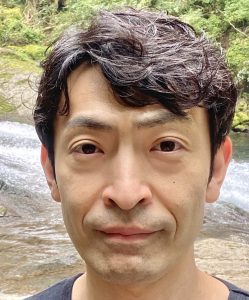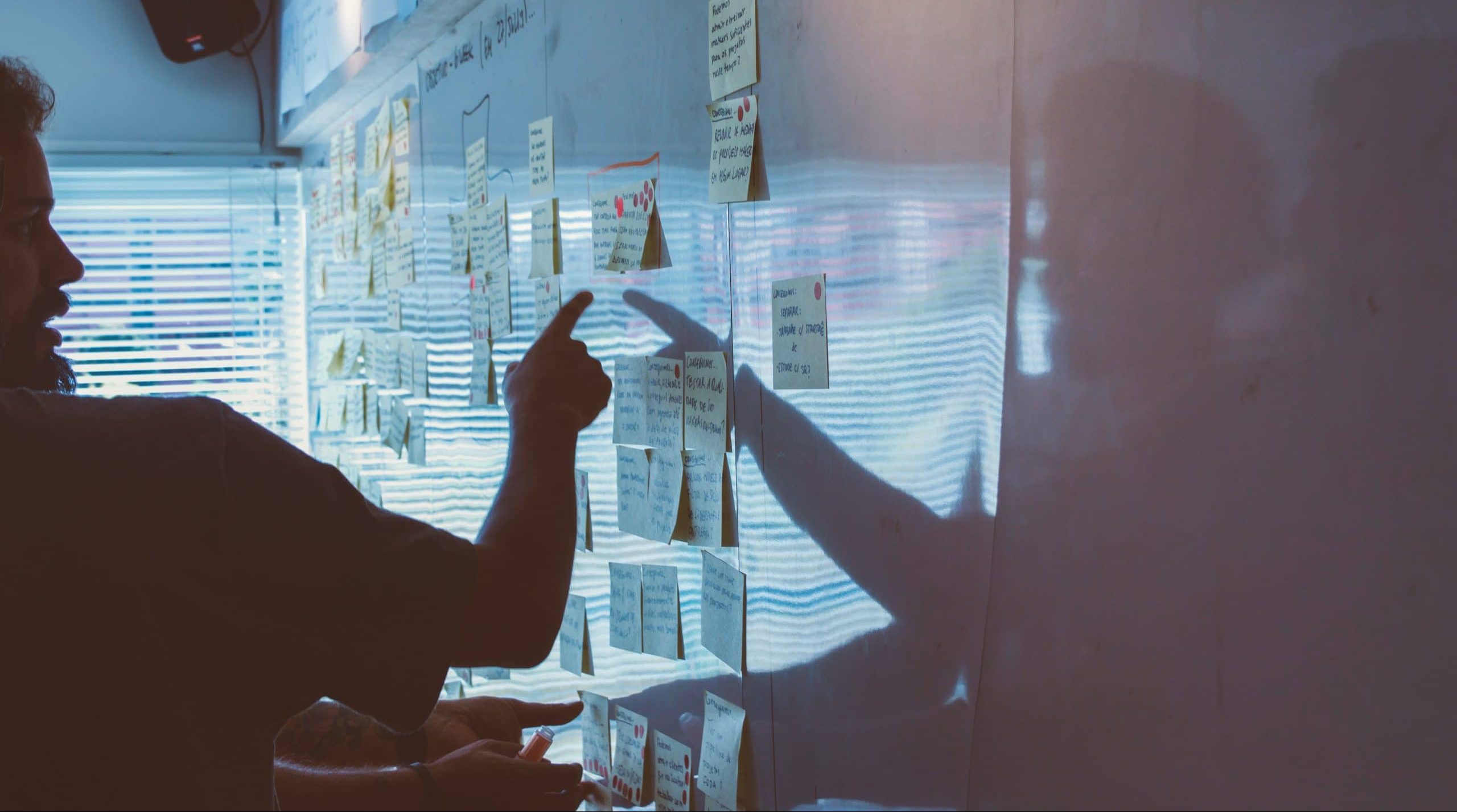 Koki Kato is the director at Madoka Family Clinic, Fukuoka, Japan, and the deputy director at the Academic and Research Centre, Hokkaido Centre for Family Medicine, Hokkaido, Japan. He is on Twitter: @kokikatokk
Koki Kato is the director at Madoka Family Clinic, Fukuoka, Japan, and the deputy director at the Academic and Research Centre, Hokkaido Centre for Family Medicine, Hokkaido, Japan. He is on Twitter: @kokikatokk
Introduction to the ‘Training the trainers’ course
I attended the Introduction to Training the Trainers Course in Tokyo, Japan, in November 2019. The Royal College of General Practitioners organised this course for Japanese GP trainers. It was the best continuing professional development (CPD) event I have ever attended.
It was the best continuing professional development (CPD) event I have ever attended.
My trainees had worked in hospitals for a long time, and their consultation styles were doctor-centred. Thus it was important to teach patient-centredness well. This is why I applied to the course. I learned and exchanged various teaching tips through group discussions. Typical tips I learned were as follows:
Tip 1. If you realise your way of teaching does not work, change it.
Tip 2. Although all family physicians should have adequate levels of patient-centredness, this is not alway the case.
Tip 3. Non-technical skills cannot be easily taught as planned.
Tip 4. A joint surgery might work to teach patient-centred consultation.
Situated learning
I reflected on the mechanism of why the CPD event helped me well.
First, I did not have a network to ask for educational concerns. In Japan, hospital-based programmes for GP training are popular, and GP trainers working in clinics are scarce. Therefore, I could not consult how to teach patient-centredness to GP trainees who had spent most of their professional lives in hospitals.
Second, learning through participation was essential for learning about complex issues. For example, when I tried to learn how to teach patient-centredness through the model of knowledge acquisition using literature, it did not work. However, by interacting with GP trainers with various experience levels, I discovered numerous potential interventions for GP trainees. I acquired knowledge through participating in discussions and activities. This learning through social interactions was situated learning.1 As Kaufman states, ‘A highly effective way to learn about complex issues is through experience, application, and discussion with mentors and peers in the same or similar contexts.’2
Importance of networking
I should have encouraged the trainers to continue the relationship that emerged at the event.
On the other hand, what did not go well regarding this experience was that I did not know the importance of networking. I should have encouraged the trainers to continue the relationship that emerged at the event. Wenger and Wenger‐Trayner define communities of practice as ‘groups of people who share a concern or a passion for something they do and learn how to do it better as they interact regularly’.2 I used to be somewhat uncomfortable when interacting with new people as I felt this was exhausting. However, I know now these situations enable me to learn something complex and valuable. Furthermore, now I believe that interacting with people from a similar context can rather enable flourishing than exhaustion. The next step is building a community of practice where general practice trainers participate and learn from each other through interactions.
The pandemic of COVID-19 has affected learning opportunities on a face-to-face basis. Is it a total shame? No. It would be a chance to enact brand-new and creative learning opportunities. I hope it strengthens the international collaborations in general practice between Japan and the UK.
References
1. Lave J and Wenger E. Situated Learning: Legitimate Peripheral Participation. New York, NY: Cambridge University Press; 1991.
2. Kaufman DM. Teaching and Learning in Medical Education. In Understanding Medical Education (eds T. Swanwick, K. Forrest and B.C. O’Brien). Hoboken, NJ: Wiley-Blackwell; 2018.
Featured image by Photo by Startaê Team on Unsplash






